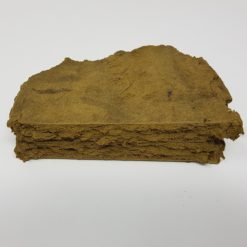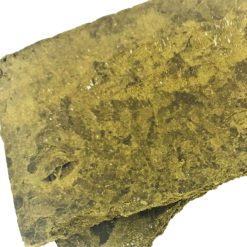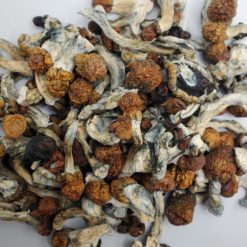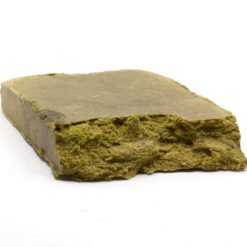Ancient China boasts a rich history of traditional medicine, wherein various herbs and plants were employed to treat ailments and promote well-being. Among these botanical remedies, cannabis, known as “ma” in Chinese, held a significant place in the medicinal practices of the time. This article explores how ancient China utilized cannabis for its therapeutic properties and its impact on traditional Chinese medicine.
Historical Background:
The use of cannabis for medicinal purposes in China can be traced back thousands of years. Ancient texts such as the “Shennong Ben Cao Jing” (Divine Farmer’s Materia Medica) written around 200 CE, highlighted cannabis as a valuable medicinal herb. The book categorized cannabis as one of the “superior” herbs, emphasizing its potential benefits in promoting health and treating various conditions.
Therapeutic Applications:
Ancient Chinese physicians and herbalists recognized the versatile properties of cannabis and utilized different parts of the plant for medicinal purposes. The seeds, leaves, flowers, and roots were all employed in various formulations and treatment approaches. Here are some notable applications:
Pain Relief and Analgesia:
Cannabis was highly regarded for its analgesic properties, making it effective in alleviating pain. It was commonly prescribed to patients suffering from rheumatism, gout, and other conditions causing discomfort. Cannabis extracts were used topically or consumed orally to relieve pain and provide comfort to those in need.
Anti-inflammatory Effects:
The anti-inflammatory effects of cannabis made it a valuable herb for treating inflammatory conditions. Ancient Chinese physicians recognized its potential to reduce swelling and inflammation in the body. Cannabis was often prescribed for patients with conditions like arthritis, inflammation of the intestines, and bronchitis.
Relaxation and Sedation:
Ancient Chinese medicine recognized the calming effects of cannabis, using it to treat anxiety, insomnia, and restlessness. Preparations containing cannabis were prescribed to promote relaxation and induce sleep for patients experiencing sleep disorders or emotional disturbances.
Digestive Disorders:
Cannabis was also employed to address various digestive ailments. Its use extended to treating nausea, vomiting, and loss of appetite. Ancient Chinese herbalists believed that cannabis could regulate the flow of Qi (energy) within the body, thereby restoring balance and harmony to the digestive system.
Malaria Treatment:
The potent antipyretic properties of cannabis were harnessed in ancient China to combat fever associated with malaria. Cannabis extracts were administered to reduce fever and alleviate symptoms associated with this infectious disease.
Cannabis held a prominent place in ancient China’s medicinal practices, with its therapeutic applications spanning a wide range of ailments. The plant’s versatile properties, including pain relief, anti-inflammatory effects, sedation, and digestive benefits, made it a valuable tool in traditional Chinese medicine. While modern research and advancements have shed new light on cannabis, its historical significance in ancient China’s medical heritage remains noteworthy. Understanding the utilization of cannabis in ancient medicinal practices contributes to our broader knowledge of traditional Chinese medicine and its enduring influence.













